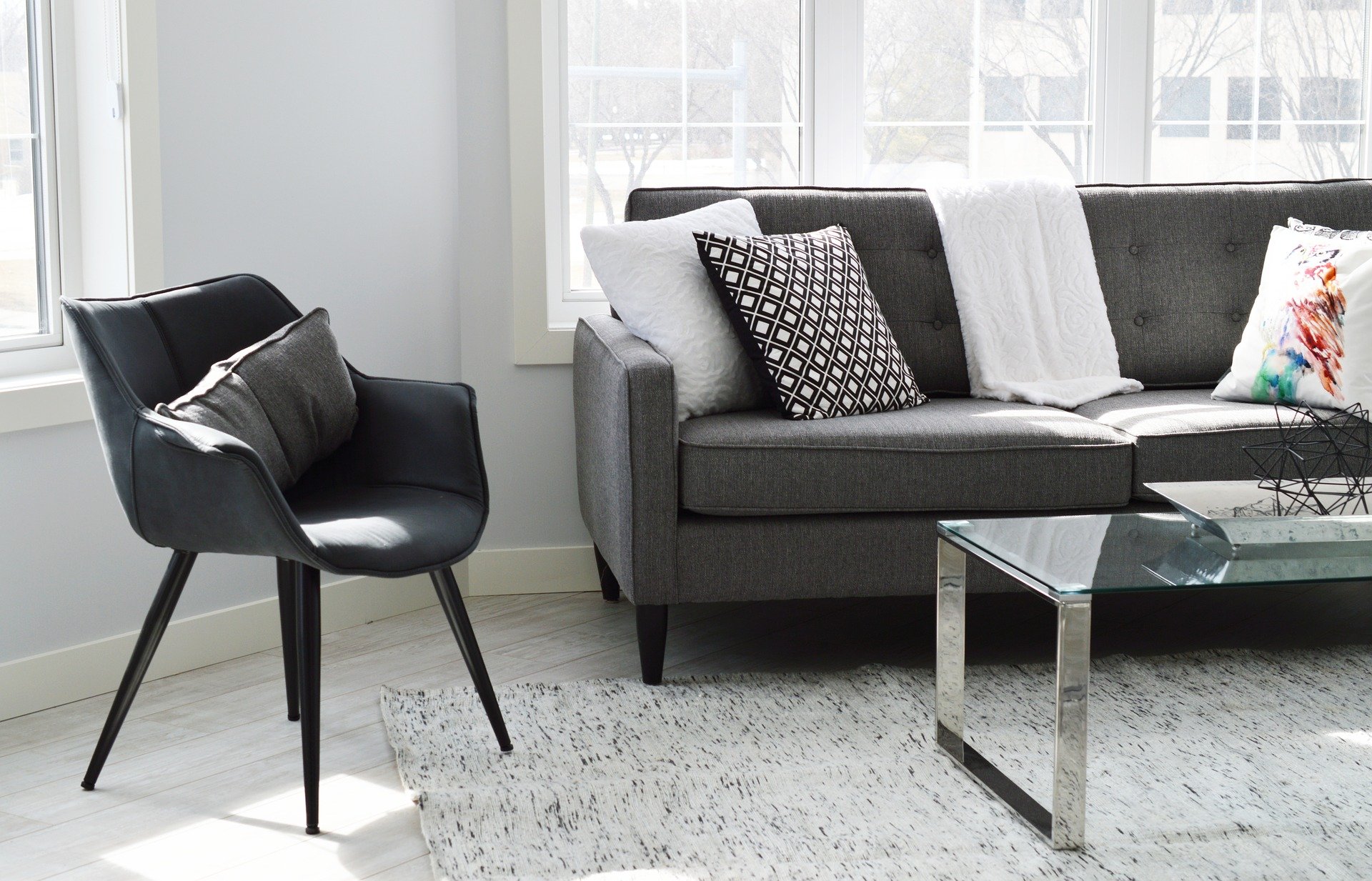Choosing furniture for your next home

One of the most enjoyable aspects of a forthcoming house move is being able to justify the replacing of furnishings which are tired, outdated or no longer fit for purpose. People who’ve bought a new house often start buying furniture in advance, ready to be unboxed on moving day. These signature items can form a key element of starting a new chapter in your life.
Yet choosing furniture for a home you don’t live in is challenging. It’s tricky to judge scale without context, recalling the size, shape and layout of rooms based on low-res estate agency photos and a brief viewing. It’s hard to be certain a potential new piece of furniture will (a) fit the available space, (b) match its surroundings and (c) suit your new needs, while (d) providing value for money and (e) lasting a long time. However, it’s not impossible by following some or all of the following advice.
Floorplan of action
Cruden Homes provide floorplans for all our new homes, showing everything from appliance locations to which way doors swing open. Even small factors can affect where you’ll place new furniture, so study these floorplans closely. They won’t be perfectly to scale, but they’ll give a good indication of useable space, especially when combined with room measurements.
Visit a showhome
We’re building across Scotland, so feel free to visit one of our showhomes. Specifications and internal layouts will vary from one site to another, but walking around a showhome (or a newly-finished property) is still instructive in terms of furniture choice and positioning.
Think about past failures
Imagine you want to replace your dining table and chairs. Evaluating the current furniture’s faults will help to identify a replacement that’ll work better or last longer. If fabric chairs have been stained by messy eaters, choose plastic or wood. If metal chairs have proved to be uncomfortable over long periods, look for soft leather or padded fabric seats.
Think about future requirements
A house move often signifies a change in lifestyle – having children, or hosting dinner parties instead of meeting people in restaurants. Imagine the things you’d like to do in your new home, and pick furniture to suit. How many guests will your sofa need to seat? Do you need a single or double guest bed? Would a four-hook coat stand be sufficient?
Create ‘footprints’ in your existing home
If you’re researching furniture online, sketch out its dimensions in your current home using sheets of paper, or mark its outline with pencils or other small objects. Step back and see how much space it takes up relative to other furniture you’ll be taking. This can be far more enlightening than simply looking at measurements or photos.
Establish your preferences
Personal taste can shine through in your choice of furniture. If you want durable items, it’s hard to argue with solid wood, whereas flat-pack suits buyers on a budget. Items like sofas and wardrobes are used every day, so consider the merits of soft-closing drawers or round-edged cabinets. Would you rather rest your head on a wooden or fabric headboard at night?
Optimise available space
Aesthetics are important, but so is storage. Taller furniture like cabin beds and seven-foot shelving units use airspace that would otherwise be redundant, optimising smaller spaces. Look for chairs that fold or tuck away under dining tables and desks, drawers beneath mattresses, double-hanging wardrobes, and footstools with hidden storage below their lids.
Back to Latest Posts




